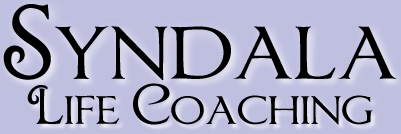Thursday, June 18, 2015
When you think about meditation, what is the first image that pops into your head?
For most people, it's likely of a person sitting still, cross-legged, with hands resting on knees, palms up. That is certainly consistent with what many of us know and associate with classic meditation.
For most people, it's likely of a person sitting still, cross-legged, with hands resting on knees, palms up. That is certainly consistent with what many of us know and associate with classic meditation.
However, it may come as a surprise to you that you do not have to sit still for a long period of time, repeating the word 'om' or some other mantra while vainly trying to chase away your omnipresent thoughts. Don't get me wrong - despite my apparent sarcasm, I do not begrudge the people who are lucky enough to possess the discipline and capacity to achieve the consistency, stillness and zen state to which we all aspire. I simply don't happen to be one of them. And anyway, even if you do have the ability to meditate this way, you may not like or choose to. Because I have been able to meditate in the classic manner, on occasion (in the past), I do know how it feels and what a big difference it can make, and not only while you are meditating or immediately following it, but generally in your life.
Meditation provides a myriad of benefits and rewards: decreased stress and anxiety, improved physical and mental health, a sense of wellbeing, improved sleep, more self- awareness, better focus and many more . . .
The GOOD NEWS is that it's possible to meditate in other ways! It just does not need to be that complicated or rigid. (irony, huh?) ;-) Why not try what some call active meditation? Active mediation is simply focusing your mind on the activity you are performing, right at that moment and not thinking about anything else. Typically, meditation is intended to create a calm and peaceful mind, but some types of active meditation can help create a calm body as well. And in my personal experience, one often feeds the other. Here are some examples of active meditation:
- Walking, running, biking, or any form of activity that is repetitive and does not require thought about strategy (or anything else);
- Cleaning - the type that has you working on the same thing or set of things for a period of time (such as scrubbing, polishing or wiping);
- Many forms of gardening and in particular, weeding;
- Tai chi, qigong and dance;
- Cooking;
AND MY PERSONAL FAVORITE . . . (insert drumroll)
- COLORING and other forms of art and creation!
Most artists likely know that the repetitive motions of painting, blending color, throwing pots, sculpting, drawing, needlework, or decoupage often organically induce that wonderful state of just being. When you are in this space, which some also call flow, you can lose time and are become oblivious to outside noises and activity. Your breathing becomes more regular and if you have thoughts other than about what you are doing, they are much fewer in number and frequency than usual and what you are doing naturally beckons you back to what is (literally) at hand.
If you don't consider yourself to be an artist or even mildly artistic, don't despair! One of the best ways to engage in this type of active meditation is simply by coloring. In a coloring book. Yes, really! :-) It can be a 4-yr-old's coloring book or a 10-yr-old's book OR you can buy your own book. If you do choose to buy your own "adult" coloring book, you will not have to look too hard or far to find one. It appears to be the hot new thing and these books are flying off the shelves of stores and Amazon can't keep them in stock. Personally, I have been "coloring" for my whole life so it's a bit interesting to me that the rest of the world seems the have 'just' discovered the pleasures and benefits.
Although you can absolutely do any kind of coloring to relax and slow down, what is important is that that you move rhythmically and slowly. Moving your hands in circular and spiral motions can be somewhat hypnotic, which can help you to calm and slow down. Images with many patterns and repetition are especially helpful in fostering this relaxed state of being, so mandalas, zentangles, geometric and kaleidoscopic designs are a great choice. It doesn't matter whether you use crayons, markers or colored pencils; use what you prefer, what works with your design or simply what you happen to have on hand.
Each photo is a link to Amazon, where you will find more titles than you could have imagined actually existed. These three books make up a very small portion of my personal collection. :-)
If you do try any of these forms of meditation and you have good results or just want to share your experience, I would love to hear from you.
If you do try any of these forms of meditation and you have good results or just want to share your experience, I would love to hear from you.
In addition, if you'd like to learn a bit more about this and to try it in a small group setting or without having to research the coloring books or make any decisions, I am running a class on July 16th called, "Coloring for Relaxation, Meditation & Focus."


- THE QUESTIONS ARE MORE IMPORTANT
- WHEN YOU WANT TO BELIEVE...
- FEAR OF BOREDOM
- 11 REASONS MOST NEW YEAR'S RESOLUTIONS FAIL
- ON CONQUERING PROCRASTINATION
- Rock Your Bottom?
- MAKING THE MOST OF YOUR SUMMER
- From SCARED to SACRED
- NO MORE RESOLUTIONS!
- BACK TO WORK
Archives
December 2012
February 2013
May 2013
October 2013
November 2013
January 2014
March 2014
June 2014
July 2014
November 2014
December 2014
February 2015
March 2015
June 2015
August 2015
September 2015
October 2015
December 2015
January 2016
May 2016
July 2016
January 2017
March 2019
July 2019
August 2019
May 2020

![]()
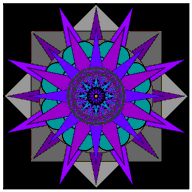
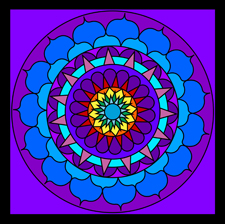 Home
Home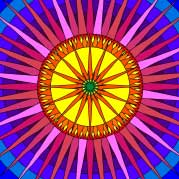 About Coaching
About Coaching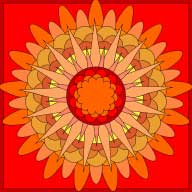 Is Coaching For Me?
Is Coaching For Me?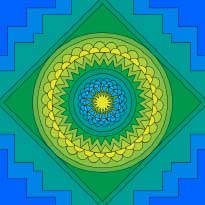 Coaching v. Therapy
Coaching v. Therapy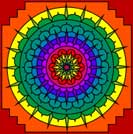 Coaching with Amy
Coaching with Amy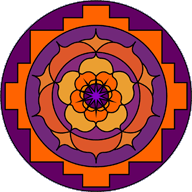 ADD Coaching
ADD Coaching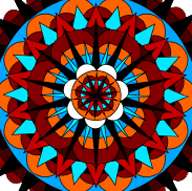 Logistics
Logistics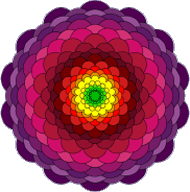 About Amy
About Amy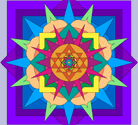 Testimonials
Testimonials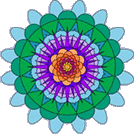 Events
Events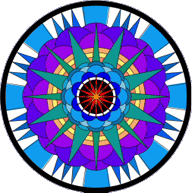 Meaning of Syndala
Meaning of Syndala